
Car Wraps 101: Everything You Need to Know Before Wrapping Your Vehicle
Vinyl Wrap vs. Paint: Which is the Better Choice for Your Car?
When it comes to transforming your car’s appearance, few options offer as much flexibility and creativity as automotive wraps. Whether you’re trying to make a bold statement, advertise your business, or simply protect your paint job, car wraps are an incredible alternative to traditional paint. The world of vehicle vinyl wraps has exploded over the last decade, becoming a favourite among car enthusiasts, business owners, and even fleet managers.
But what exactly is a car wrap? How much does it cost? And is it really worth it compared to painting? In this comprehensive guide, we’ll explore everything, from the basics of vinyl wrapping to the latest innovations in custom car wraps. So, buckle up, and let’s dive into the colourful world of auto wraps!
What Is an Automotive Wrap?
An automotive wrap is a large sheet of vinyl film that’s carefully applied over a vehicle’s surface to change its colour or finish. Think of it as a second skin for your car, flexible, durable, and fully customizable. This vinyl wrap can completely cover the car (known as a full wrap) or be applied to specific sections like the hood, roof, or mirrors for a unique accent.
Unlike paint, wraps don’t require sanding or spraying. Instead, skilled installers heat and stretch the car vinyl wrap to fit every contour of your vehicle, ensuring a seamless, paint-like finish. Modern wraps are available in hundreds of colours, textures, and finishes, from matte black to holographic chrome; the possibilities are almost endless.
Beyond aesthetics, wraps also serve a protective purpose. They act as a shield against UV rays, stone chips, and minor scratches, helping to preserve the original paint beneath. For leased cars, this can be a huge plus; you can return the vehicle in excellent condition and simply remove the wrap when needed.
If you’re exploring vehicle wraps for the first time, our vehicle wrapping tools collection has everything you need for a smooth, professional finish →
How Vehicle Wraps Became Popular
In the early 2000s, vehicle wraps were primarily used for commercial advertising, think branded vans and company cars. However, as the technology evolved, car enthusiasts started using custom car wraps as an affordable and reversible way to give their rides a fresh, distinctive look.
Social media platforms like Instagram accelerated the trend, with influencers and automotive brands showcasing jaw-dropping colour transformations and intricate graphics. Soon enough, wrapping became mainstream. Today, even high-end cars like Lamborghinis and Teslas are being wrapped, not to hide imperfections, but to stand out.
In countries like Australia, where the car culture thrives, auto wraps have become a booming industry. More people are choosing wraps not only for their visual appeal but also for their ability to protect cars from the harsh sun and environmental damage.
Benefits of Choosing a Vinyl Wrap Over Paint

Choosing between a new paint job and a vinyl wrap? The benefits of vehicle vinyl wraps make it an easy decision for many. Here’s why:
Cost Efficiency: A professional car wrap costs significantly less than a high-quality paint job. Plus, it can be removed and replaced easily.
Endless Customisation: You can design anything, from sleek matte black to custom graphics or colour-shifting finishes.
Paint Protection: The wrap acts as a protective layer against chips, fading, and oxidation.
Easy Maintenance: Unlike paint, wraps don’t require waxing. A gentle wash keeps them looking brand new.
Resale Advantage: When you’re ready to sell, just peel off the wrap to reveal pristine factory paint underneath.
A vinyl car wrap gives you the freedom to change your car’s personality whenever you want, without any long-term commitment. It’s style, protection, and practicality all rolled into one.
For a complete toolkit, check out the Car Wrap Tool Kit range that includes squeegees, blades, and wrap accessories →
Types of Vehicle Wraps
Full Wraps vs. Partial Wraps
A full wrap covers the entire vehicle, including doors, bumpers, mirrors, and sometimes even inside door jambs. It offers the most dramatic transformation and complete protection for your car’s paint. On the other hand, partial wraps target specific areas like the roof, hood, or side panels, ideal for adding contrast or branding without the full cost.
For businesses, partial wraps are a smart way to display logos or messages strategically. For car enthusiasts, it’s a stylish way to add flair without going overboard. Whether you go full or partial depends on your goals: full for maximum impact, partial for subtle sophistication.
Colour Change Wraps vs. Custom Designs
Colour-change wraps are perfect if you want to transform your car from white to metallic blue or matte grey without repainting. They provide a completely new aesthetic at a fraction of the cost. Meanwhile, custom-designed wraps allow for total creativity, think racing stripes, patterns, or even photo-realistic graphics.
Modern printing technology ensures colours remain vivid and sharp for years, making your vehicle vinyl wrap not only stunning but also long-lasting.
Specialty Finishes: Matte, Gloss, Satin, and Chrome
The finish you choose sets the tone for your vehicle’s personality:
Matte: Sleek and stealthy, perfect for a modern, aggressive look.
Gloss: Mimics traditional paint but with added depth.
Satin: A hybrid between matte and gloss, offering subtle shine.
Chrome: Reflective and flashy, ideal for those who love to stand out.
Each finish has its own charm, maintenance needs, and visual impact, making it easier to express individuality through your car’s exterior.
Many car owners combine wraps with paint protection film (PPF) tools and kits to protect both the vinyl and the original paint underneath →
The Car Wrapping Process Explained
Step 1: Vehicle Preparation
Before a single piece of vinyl wrap touches your car, preparation is key. The process starts with a thorough cleaning of the vehicle’s surface. This isn’t your regular car wash; every trace of dirt, grease, and wax must be removed because even the smallest particle can cause bubbles or imperfections under the wrap. Installers often use alcohol-based cleaners and clay bars to ensure a spotless surface.
After cleaning, the car’s parts, such as headlights, taillights, badges, mirrors, and sometimes even door handles, are removed or masked off. This ensures the wrap can be applied smoothly, with no gaps or overlaps. If the paint has chips or damage, these areas may need light sanding or repair first. While wraps can hide minor imperfections, they can’t conceal major dents or rust, so the surface must be as smooth as possible.
This step is crucial because the longevity and quality of your car vinyl wrap depend heavily on proper preparation. A clean, dry, and well-maintained surface ensures that the adhesive sticks perfectly and remains bubble-free for years.
Step 2: Design and Printing
Once the car is ready, it’s time for the fun part, design and customisation. If you’re going for a custom car wrap, designers use computer software to create a digital mockup that matches your vehicle’s exact dimensions. This helps visualise how colours, graphics, or patterns will look once applied.
For businesses, this stage is essential for branding. Logos, taglines, and contact details are placed strategically to maximise visibility. For personal projects, you can choose from thousands of shades, textures, and finishes, from carbon fibre and brushed metal to psychedelic colour-shifting films.
After final approval, the design is printed on high-quality vehicle vinyl wrap material using large-format printers. The prints are then laminated with a clear protective layer that prevents fading, UV damage, and scratches. This ensures the final product looks vibrant and professional for years to come.
Step 3: Installation and Finishing Touches
The installation phase is where skill truly matters. Professional installers use heat guns, squeegees, and precision cutting tools to apply the vinyl carefully over the car’s curves and edges. The vinyl is gently heated to make it more pliable, allowing it to stretch smoothly around contours like bumpers and side mirrors.
Each section is laid down systematically, from large panels to finer details, ensuring perfect alignment. Once applied, the edges are trimmed, tucked, and sealed to prevent peeling. Some installers even go the extra mile by removing door panels or bumpers to achieve a truly seamless finish.
After installation, the wrap is inspected for air bubbles, wrinkles, or imperfections. It’s then “post-heated” to set the adhesive permanently. The result? A flawless, paint-like finish that looks incredible and lasts for years when properly maintained.
To give your wrapped car a flawless finish, our detailing tool kits help maintain shine and remove dust or residue →
Vinyl Wrap vs. Traditional Paint
Comparing Cost, Durability, and Maintenance
When comparing vinyl wraps and traditional paint, each has its advantages, but for many car owners, wraps come out on top.
A professional paint job can cost anywhere between $5,000 and $15,000, depending on quality and colour. In contrast, a full vehicle wrap typically ranges from $2,500 to $6,000. Not only is it more affordable, but wraps can also be removed or replaced easily, making them a better long-term investment.
Durability-wise, high-quality wraps can last up to 7 years with proper care. Paint, on the other hand, can fade or chip over time, especially under Australia’s harsh sun. Maintenance is also simpler with wraps, no waxing, just gentle washing and occasional detailing.
So, in terms of cost, convenience, and customisation, car vinyl wraps win hands down.
Resale Value and Flexibility Advantages
One of the biggest perks of a vinyl wrap is how it affects your car’s resale value. Since the wrap protects the original paint underneath, your car stays in pristine condition. When it’s time to sell, you can peel off the wrap to reveal the untouched factory finish, a major advantage over repainted cars.
Moreover, wraps give you complete flexibility. Want to change your car’s colour next year? No problem. Unlike paint, wraps aren’t permanent. You can easily switch designs or colours without affecting your vehicle’s resale potential or requiring extensive work.
Gloss, matte, or chrome, each finish installs best with the right wrap squeegee designed for bubble-free vinyl application →
Why More Car Owners Prefer Vehicle Vinyl Wraps
Car enthusiasts and businesses alike are choosing wraps for several reasons:
Affordability and Customisation: You can achieve a premium look without breaking the bank.
Protection: Wraps preserve the original paint and prevent fading.
Creativity: From subtle to outrageous designs, the sky’s the limit.
Reversibility: Change it up whenever you like, no long-term commitment.
Simply put, wraps are the future of vehicle aesthetics, a perfect blend of practicality and personality.
The Cost of Car Wrapping in Australia
Factors That Affect Wrapping Prices
The cost of a car wrap in Australia can vary widely based on several factors. These include:
Vehicle Size: Larger cars like SUVs or vans require more material and time.
Wrap Type: Full wraps are more expensive than partial or accent wraps.
Material Quality: Premium vinyl films from brands like 3M or Avery Dennison cost more but offer better durability.
Design Complexity: Custom-printed wraps add design and printing expenses.
Installer Expertise: Experienced professionals may charge higher rates, but the result is worth it.
Ultimately, you get what you pay for. A professional installation ensures your wrap looks seamless, lasts longer, and won’t peel prematurely.
Average Cost by Vehicle Type
Here’s a general breakdown of vehicle wrap pricing in Australia:
| Vehicle Type | Average Cost (AUD) | Wrap Type |
|---|---|---|
| Small Cars (e.g., Hatchbacks) | $2,000 – $3,000 | Full Wrap |
| Sedans | $2,500 – $4,000 | Full Wrap |
| SUVs & 4WDs | $3,500 – $5,000 | Full Wrap |
| Vans or Trucks | $4,000 – $6,000+ | Full/Branded Wrap |
| Partial Wrap (Any Vehicle) | $800 – $1,800 | Roof, Hood, or Trim |
These figures can fluctuate depending on your chosen finish and customisation level.
Cost Comparison: Vinyl Wrap vs. Repainting
When comparing vinyl wrapping to repainting, wraps are not only cheaper but also less invasive. Paint jobs require sanding, priming, and multiple coats, a process that can take weeks. Wraps, on the other hand, can be completed within a few days and removed without harming the paint.
Plus, if you ever scratch a small section, you can replace just that panel instead of repainting the entire car. The long-term maintenance savings make wraps a more practical choice for those who like to keep their vehicles looking fresh.
If you’re cutting custom shapes or graphics, try using knifeless tape for precision edges without risking scratches →
Custom Car Wraps for Personalisation and Branding
How Custom Wraps Enhance Your Vehicle’s Personality
Your car is more than just a mode of transport; it’s an extension of your personality. With custom car wraps, you can turn any vehicle into a one-of-a-kind masterpiece. Whether you’re going for sleek sophistication or wild creativity, vinyl gives you total freedom to express yourself.
Imagine cruising down the highway in a car that perfectly reflects your style, a matte black wrap for that stealthy, luxurious look, or a vivid colour-shifting wrap that changes from blue to purple in the sunlight. Custom wraps make it possible without committing to a permanent paint job.
Beyond colour, the texture and finish add depth and flair. Want a carbon-fibre look on your hood or brushed metal on your trims? Vinyl wraps can make it happen. This ability to combine different materials and colours is what makes automotive wraps so exciting; they’re as much about art as they are about utility.
The best part? When your taste changes, you can simply remove or replace the wrap, giving your car a fresh new personality again. It’s a transformation without the permanence, and that’s what car lovers adore about vinyl wrapping.
If you need to strip away old decals or film, our decal removal tools make the process faster and safer →
Business Vehicle Wraps for Advertising
For businesses, vehicle wraps are one of the most effective and affordable advertising tools available. A branded car or van acts as a moving billboard, catching thousands of eyes daily without the recurring costs of digital or print ads.
According to marketing research, a single wrapped vehicle can generate up to 70,000 impressions per day in high-traffic areas. That’s huge exposure for small businesses and large corporations alike.
From plumbing companies and real estate agents to food trucks and delivery services, vehicle vinyl wraps turn every trip into a marketing opportunity. With bold graphics, logos, and clear contact details, your brand gets noticed, even while stuck in traffic.
And since wraps protect your paint, business vehicles remain in great condition for longer, maintaining professional appeal. It’s a win-win: branding that works 24/7 and asset protection rolled into one.
Creative Ideas for Unique Automotive Wraps
When it comes to custom car wraps, creativity knows no bounds. Here are a few ideas that are taking the wrapping world by storm:
Colour-Shift Wraps: These iridescent films change colour depending on lighting and angle.
Textured Wraps: Add realism with carbon fibre, leather, or brushed steel textures.
Split Designs: Half matte, half gloss, for a head-turning contrast.
Camouflage Patterns: Perfect for off-road enthusiasts or urban adventurers.
Graphic Art Wraps: Showcase original art, geometric designs, or brand-inspired visuals.
With advanced digital printing, you can even feature photographic designs or gradients across your vehicle. The result? A car that’s uniquely yours, guaranteed to stand out wherever you go.
Maintenance Tips to Extend the Life of Your Car Vinyl Wrap
Proper Cleaning and Care Practices
Maintaining a car vinyl wrap is simpler than caring for paint, but it still requires a gentle touch. To keep your wrap looking flawless, wash it regularly, ideally once every two weeks, using a mild, pH-neutral soap and soft microfiber cloths. Avoid automatic car washes with brushes, as they can scratch or lift the edges of the vinyl.
Hand washing is always best. Rinse off debris first, then gently wash from top to bottom using light pressure. Dry with a clean microfiber towel to prevent water spots.
For stubborn stains like bird droppings, sap, or tar, clean them immediately using isopropyl alcohol and a soft cloth. The longer contaminants sit, the more likely they are to damage the film.
You can also apply a vinyl wrap sealant or protectant spray every few months. These products add UV protection, repel water, and give the wrap a renewed shine, especially for matte and satin finishes that can fade under harsh sunlight.
What to Avoid to Prevent Damage
While wraps are durable, they’re not indestructible. Avoid these common mistakes to keep your vehicle's vinyl wrap in perfect shape:
No Harsh Chemicals: Steer clear of strong solvents, waxes, or abrasive cleaners.
No Pressure Washing: High-pressure jets can lift edges or cause peeling.
Avoid Prolonged Sun Exposure: Whenever possible, park in shaded areas or use a car cover to prevent UV degradation.
No Scraping: If dirt or stickers stick to the wrap, never use sharp objects to remove them.
Avoid Extreme Heat: Don’t leave your wrapped car under direct sunlight for extended periods, especially if using chrome or metallic wraps.
Treat your wrap with care, and it’ll maintain its beauty and protection for many years.
When and How to Remove or Replace Wraps
Eventually, every auto wrap will reach the end of its life. Depending on care and environmental conditions, most high-quality wraps last between 5 to 7 years. When the time comes to remove or replace it, the process is straightforward, as long as it’s done properly.
Using a heat gun or steam, installers gently warm the vinyl to soften the adhesive, then peel it away carefully. This ensures the underlying paint remains untouched and looks as good as the day it was wrapped.
Trying to remove it yourself might lead to adhesive residue or paint damage, so professional removal is recommended. Once the old wrap is off, you can either enjoy your pristine paintwork or immediately apply a new design for a fresh transformation.
Replacing wraps regularly not only keeps your car looking stylish but also ensures maximum paint protection over time.
If you frequently work on different wrap projects, keeping everything in a durable tool bag helps you stay organised on the job →
Common Myths About Auto Wraps
Do Vinyl Wraps Damage Paint?
This is one of the biggest myths in the wrapping world, and the answer is a firm no. A properly installed and removed vehicle vinyl wrap does not damage your paint. In fact, it helps protect it from UV rays, chips, and minor abrasions.
The only exception is when the paint is already damaged or peeling before wrapping. In those cases, removal might cause some flaking. Otherwise, wraps are completely safe and can actually preserve your car’s resale value by keeping the original paint intact underneath.
Can You Wash a Wrapped Vehicle Normally?
Yes, but with some precautions. You can wash your wrapped car just like any other, as long as you use the right products and techniques. Hand washing is recommended over automatic or pressure washers.
Avoid wax or polish on matte and satin finishes, as they can cause uneven gloss. For gloss wraps, you can use wrap-safe detail sprays for extra shine. The rule of thumb: gentle care equals long-lasting results.
Are All Wrap Materials the Same?
Absolutely not. The market is full of vinyl films, but not all are created equal. Premium brands like 3M, Avery Dennison, and Oracal produce high-quality wraps that resist fading, cracking, and peeling. Cheap films, on the other hand, may look good initially but deteriorate quickly under heat and UV exposure.
When choosing a wrap, always prioritise quality. It might cost more upfront, but it’ll save you money and headaches in the long run.
Apply vinyl smoothly and efficiently with our vehicle wrap install tools designed to handle corners, edges, and large panels →
Eco-Friendly Benefits of Vehicle Vinyl Wraps
Sustainable Alternatives to Paint
In today’s eco-conscious world, more car owners are turning to vehicle vinyl wraps not only for aesthetics but also for sustainability. Traditional automotive painting involves harmful chemicals, solvents, and volatile organic compounds (VOCs) that release toxins into the air. The process also wastes a lot of water and energy through repeated washing, priming, and painting cycles.
In contrast, vinyl wrapping is a cleaner and greener alternative. The application process produces almost zero emissions and uses minimal water. High-quality vinyl films are made using advanced manufacturing processes that significantly reduce environmental impact.
Furthermore, since wraps are removable, you can update your vehicle’s look without having to repaint or strip old layers, both of which contribute to chemical waste. It’s a modern, responsible way to customise your ride while minimising your carbon footprint.
Reducing Waste with Wrap Longevity
Durability is another green advantage of automotive wraps. A well-maintained wrap can last up to seven years or more, reducing the frequency of repainting or refinishing your car. That means fewer chemicals, less waste, and a smaller overall environmental impact.
Some manufacturers are even introducing recyclable vinyl wraps, making the process even more sustainable. When you eventually remove the wrap, it can be repurposed or disposed of safely without harming the planet.
So if you care about the environment but still want to stand out on the road, choosing a car vinyl wrap is a smart, eco-friendly decision that combines style with sustainability.
Choosing the Right Wrap Installer

Qualities of a Professional Wrapper
When it comes to auto wraps, the installer makes all the difference. Even the highest-quality vinyl will fail if it’s applied incorrectly. A professional wrapper combines technical skill with artistic precision, ensuring your vehicle looks perfect from every angle.
Look for installers who have certifications from brands like 3M or Avery Dennison, which show they’ve been trained to handle complex installations. Experience matters, especially for tricky areas like bumpers and mirrors that require meticulous stretching and heat control.
A great installer will also have a clean workspace, proper tools, and a portfolio of previous projects. Don’t be afraid to ask for before-and-after photos or client references; a reputable shop will gladly provide them.
Questions to Ask Before Hiring
Before handing over your car, here are a few crucial questions to ask potential installers:
- What brand of vinyl do you use? (Stick with top-tier brands.)
- Do you offer a warranty? A good wrap should come with both material and labour guarantees.
- How long will the job take? Most wraps take 2–4 days, depending on complexity.
- Is your workshop dust-free? Clean environments prevent debris from getting trapped under the film.
- Can I see your portfolio? This helps you gauge their experience and creativity.
These simple questions can save you from poor-quality work that leads to bubbling, peeling, or premature fading.
How to Spot a Poor Installation Job
A poorly installed vehicle vinyl wrap is easy to recognise once you know what to look for. Watch out for:
- Visible seams where panels meet.
- Air bubbles or wrinkles under the vinyl.
- Lifted edges around doors, mirrors, or trim.
- Uneven cuts or exposed paint near corners.
- Discolouration or silvering (tiny air pockets that reflect light).
If you notice any of these signs soon after installation, return to the shop immediately. A reputable installer will fix it under warranty. Remember, a quality wrap should look indistinguishable from paint. Smooth, seamless, and flawless.
Professionals also rely on workshop tools that help maintain precision during trimming and heat application →
The Future of Automotive Wrap Technology
Innovations in Self-Healing and Colour-Changing Films
The world of automotive wraps is evolving fast. Manufacturers are now developing advanced vinyl films with self-healing technology, similar to what’s found in premium paint protection films (PPF). These wraps can repair minor scratches and swirl marks simply through exposure to heat or sunlight, keeping your vehicle looking new with minimal effort.
Another exciting innovation is colour-changing wraps that respond to temperature or light. Imagine your car shifting from deep blue in cool weather to metallic green in the sun, futuristic, right? These thermochromic and photochromic wraps are becoming the next big trend in the automotive customisation world.
Integration of Smart Materials in Vehicle Wraps
Beyond colour and texture, researchers are working on smart wraps embedded with technology. Future wraps may include integrated LEDs for customizable lighting effects or even solar-absorbing films that help power electric vehicles.
As technology advances, the line between aesthetics and functionality will blur. Soon, auto wraps won’t just change how your car looks; they’ll change how it performs. The future of car wrapping is as dynamic as the designs themselves.
FAQs
How long does a car vinyl wrap last?
A high-quality vinyl wrap can last between 5 and 7 years, depending on material quality, care, and environmental exposure.
Can I wrap my car myself?
While DIY kits exist, professional installation ensures a seamless, bubble-free finish. Complex curves and edges are best handled by experienced installers.
Is a vehicle wrap safe for leased cars?
Yes! Wraps are completely reversible and protect the original paint, making them perfect for leased vehicles.
How do I remove a vinyl wrap without damaging paint?
Using heat (like a heat gun), the vinyl adhesive softens and can be peeled off safely. It’s best done by professionals to avoid residue or damage.
Does wrapping affect my car insurance?
Some insurers may require you to declare a wrap, especially if it changes the vehicle’s colour. Always inform your provider to stay compliant.
Conclusion
Whether you’re a car enthusiast looking to stand out or a business owner seeking cost-effective advertising, car and vehicle wraps offer a world of possibilities. They combine artistry, practicality, and protection, all while being reversible and environmentally friendly.
From sleek matte finishes to bold chrome designs, today’s wraps allow you to express your personality without the permanence or expense of paint. They also safeguard your car’s original finish, helping maintain resale value and keeping your ride looking fresh for years.
In short, wrapping is not just a trend; it’s a revolution in vehicle customisation. With proper care, the right installer, and a quality vinyl wrap, your car can be a true reflection of your style, creativity, and individuality.
Are you unsure which tool or kit is right for your job?
Our expert team at Oz Sign Supplies is here to help. Reach out today, and we’ll direct you to the best tools to suit your project, ensuring you get the job done right the first time.



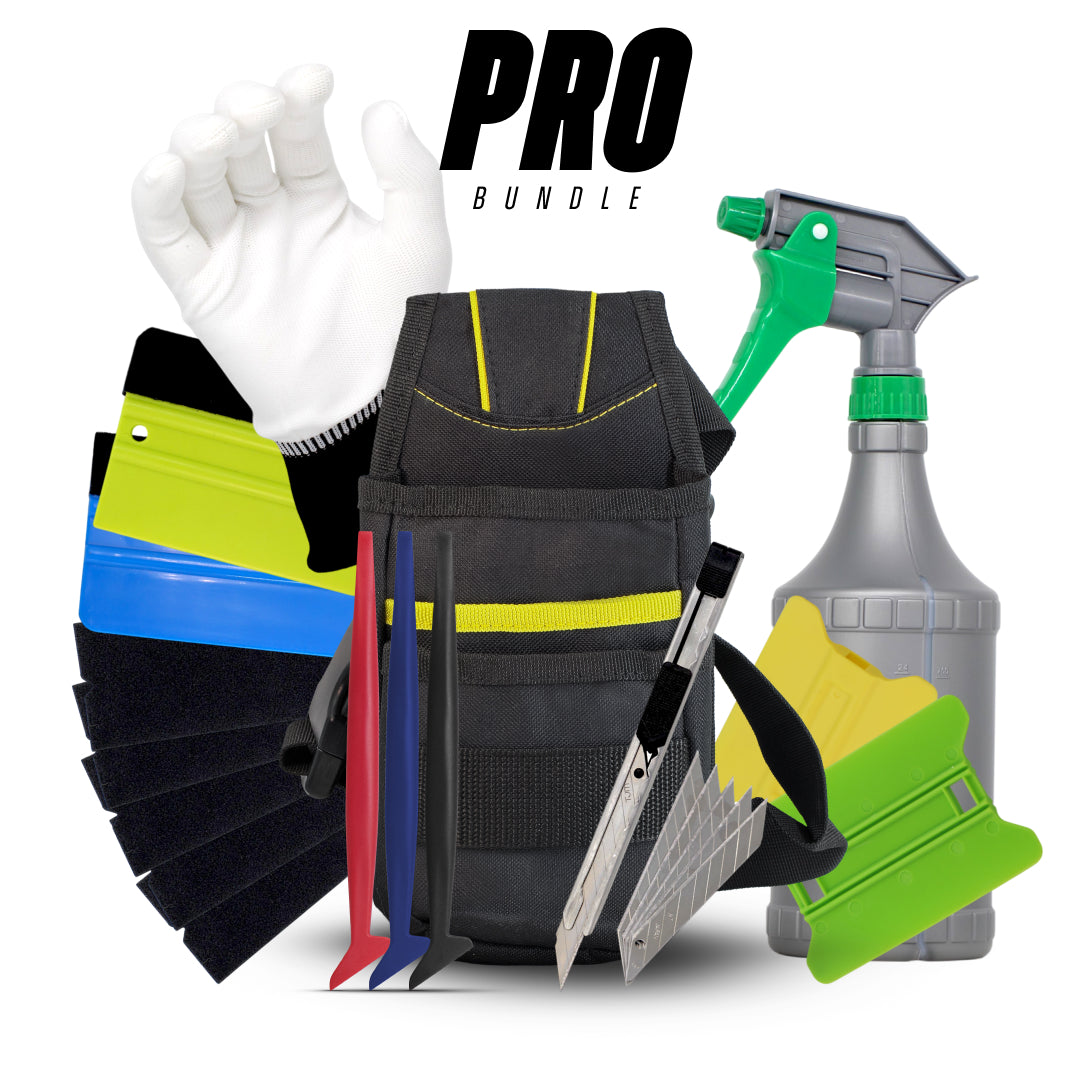
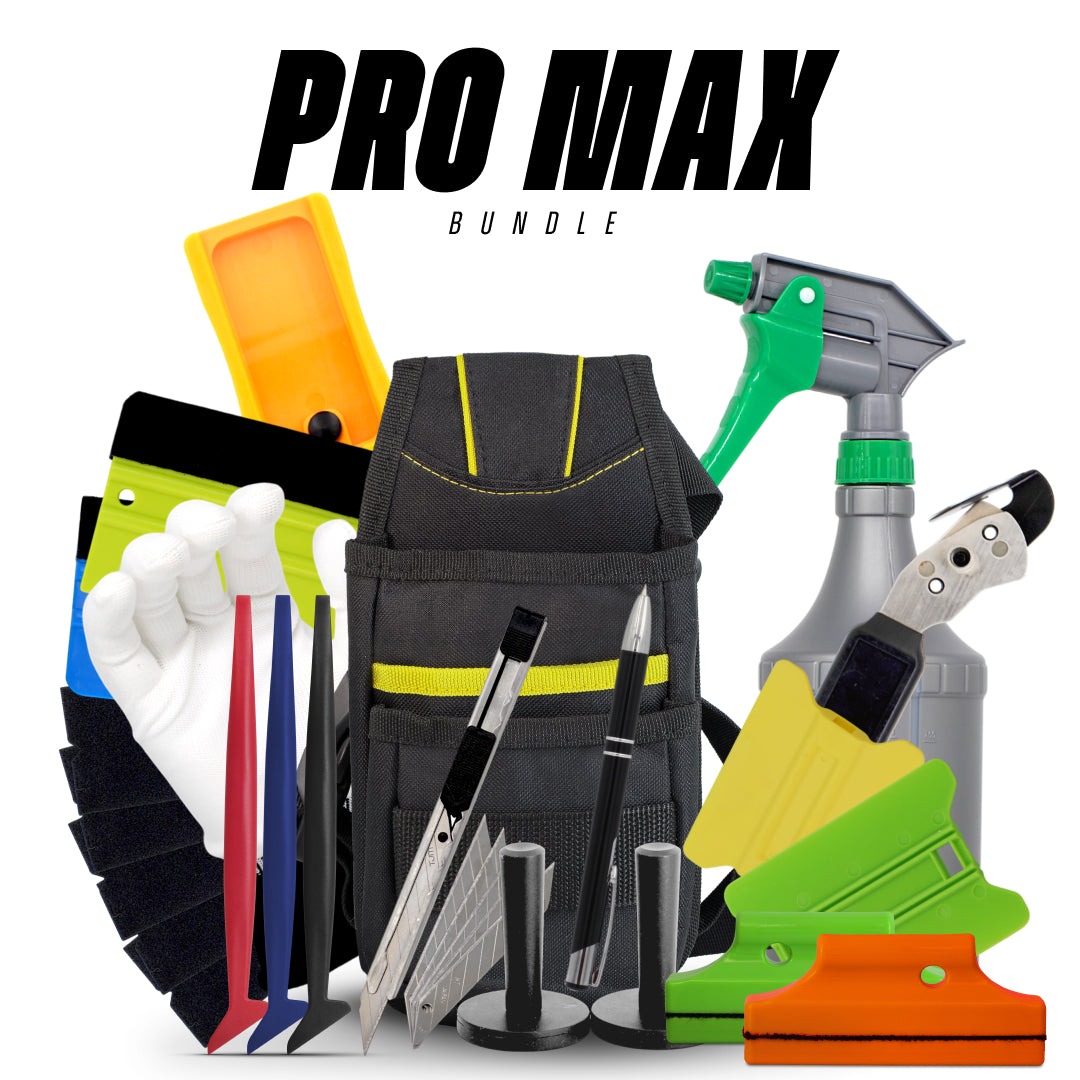
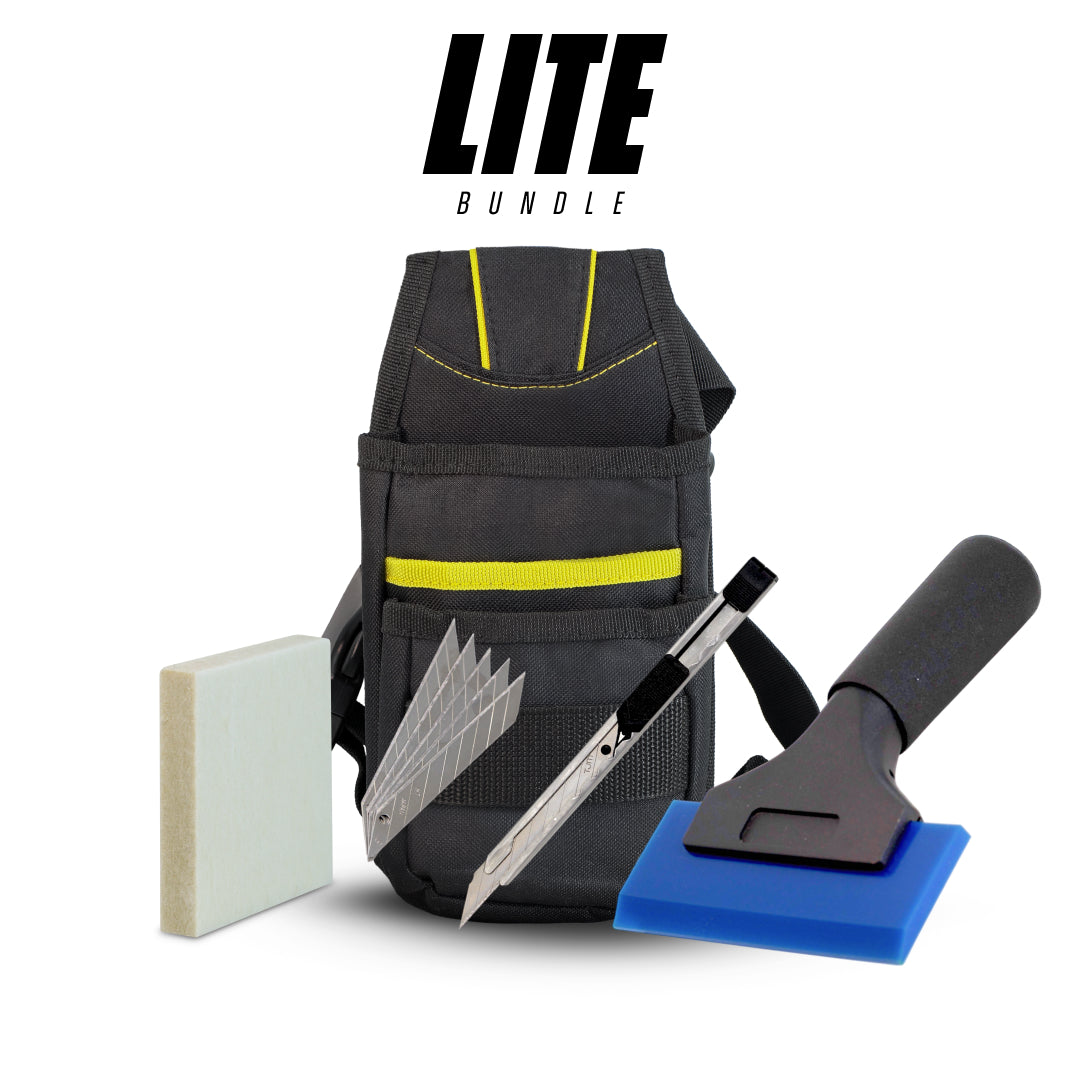
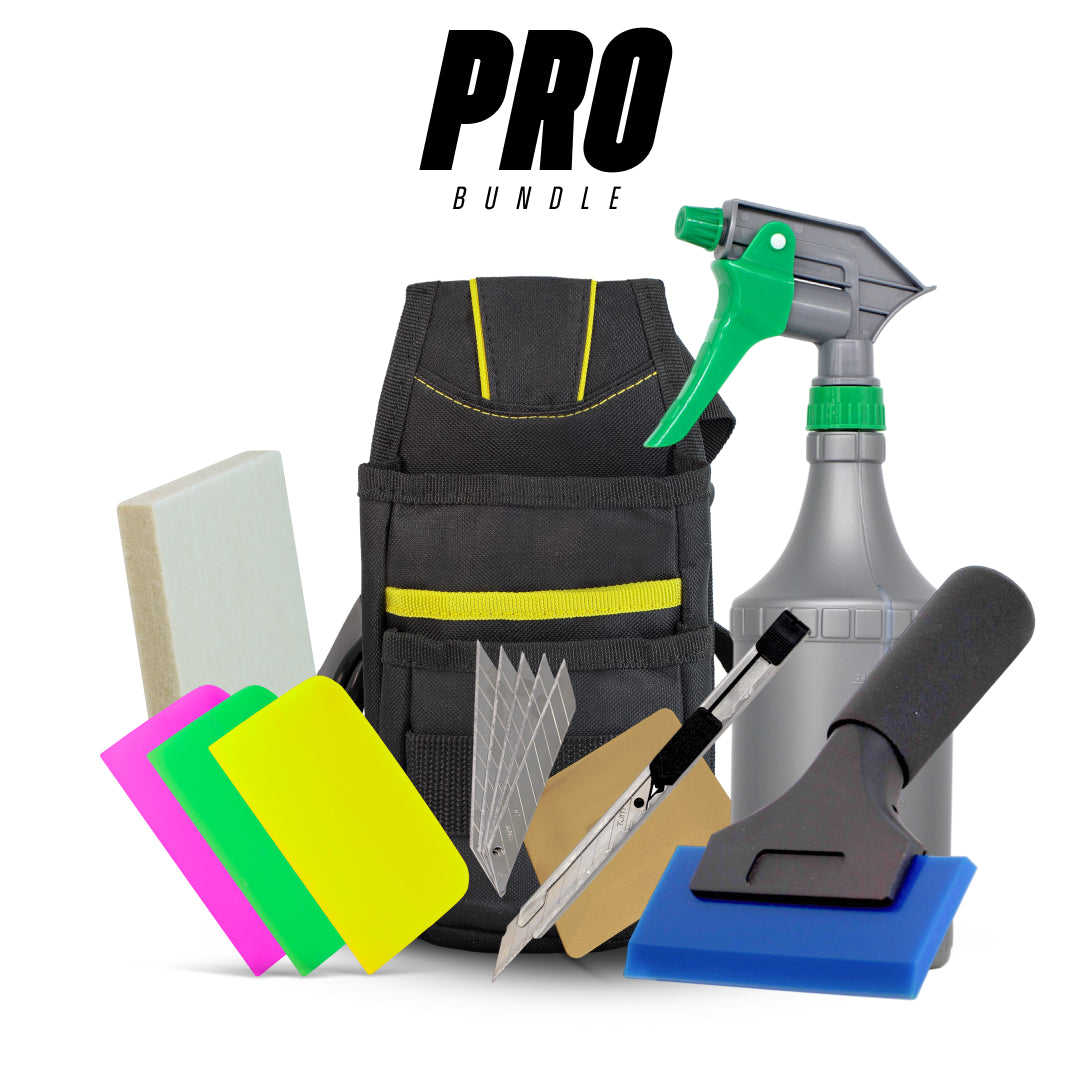
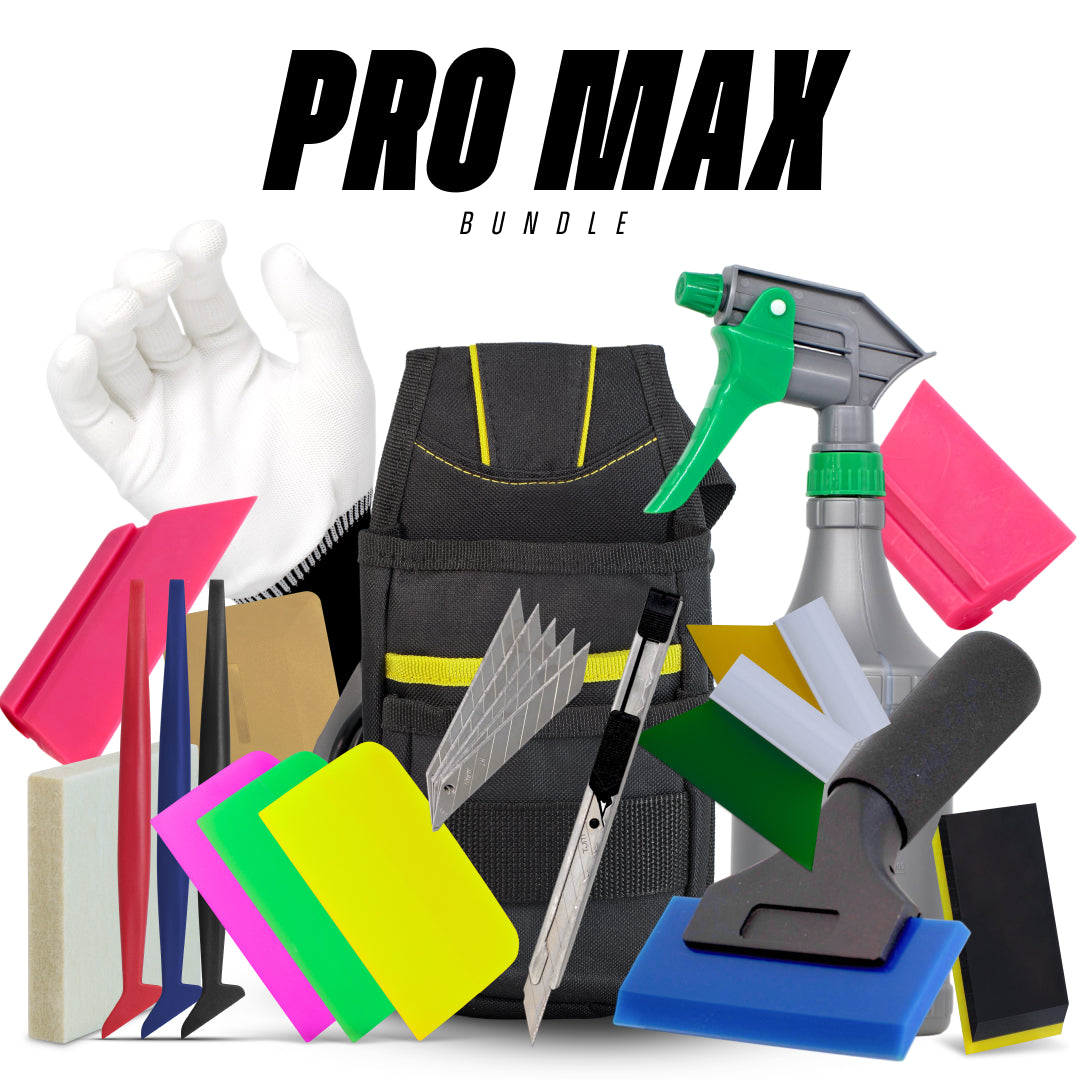
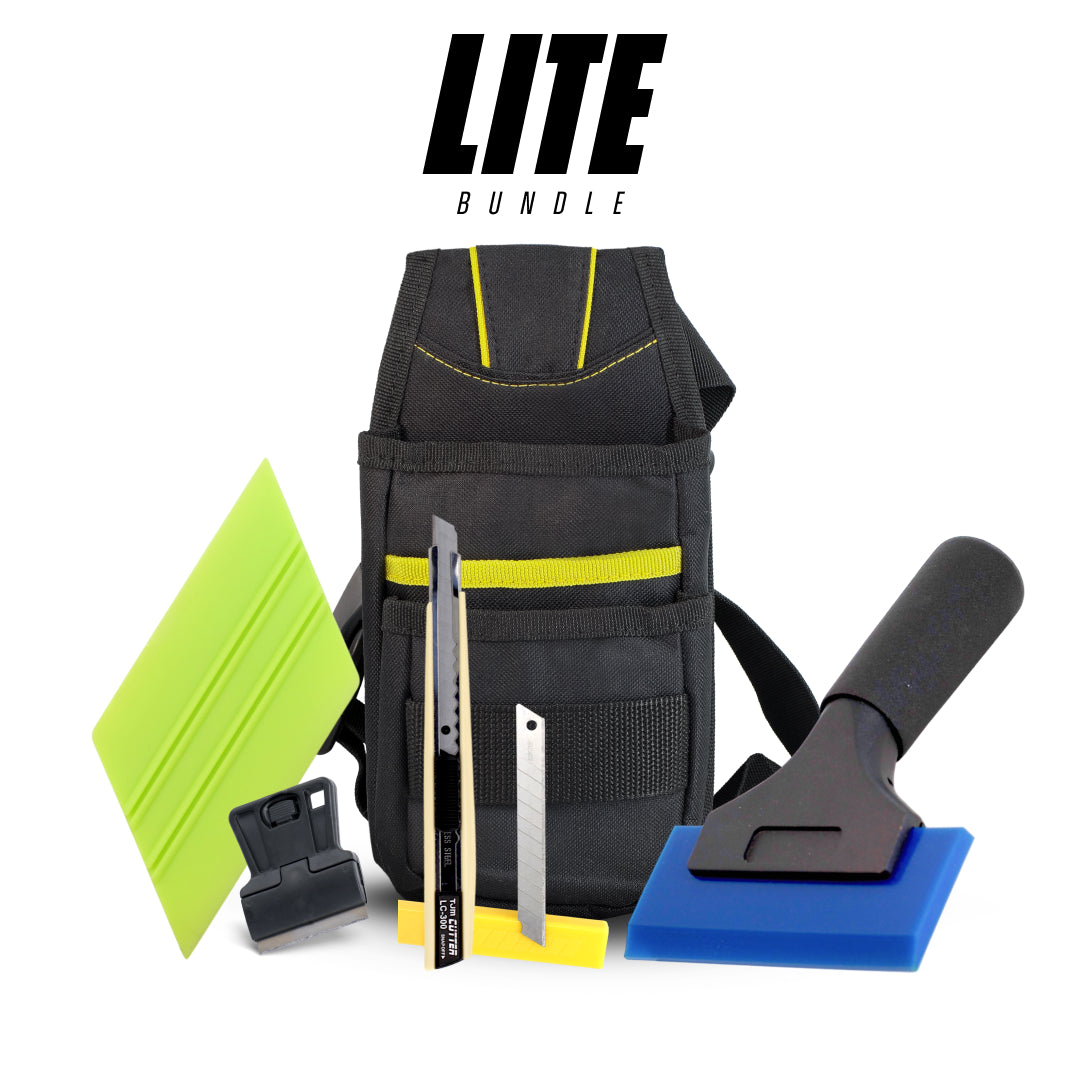
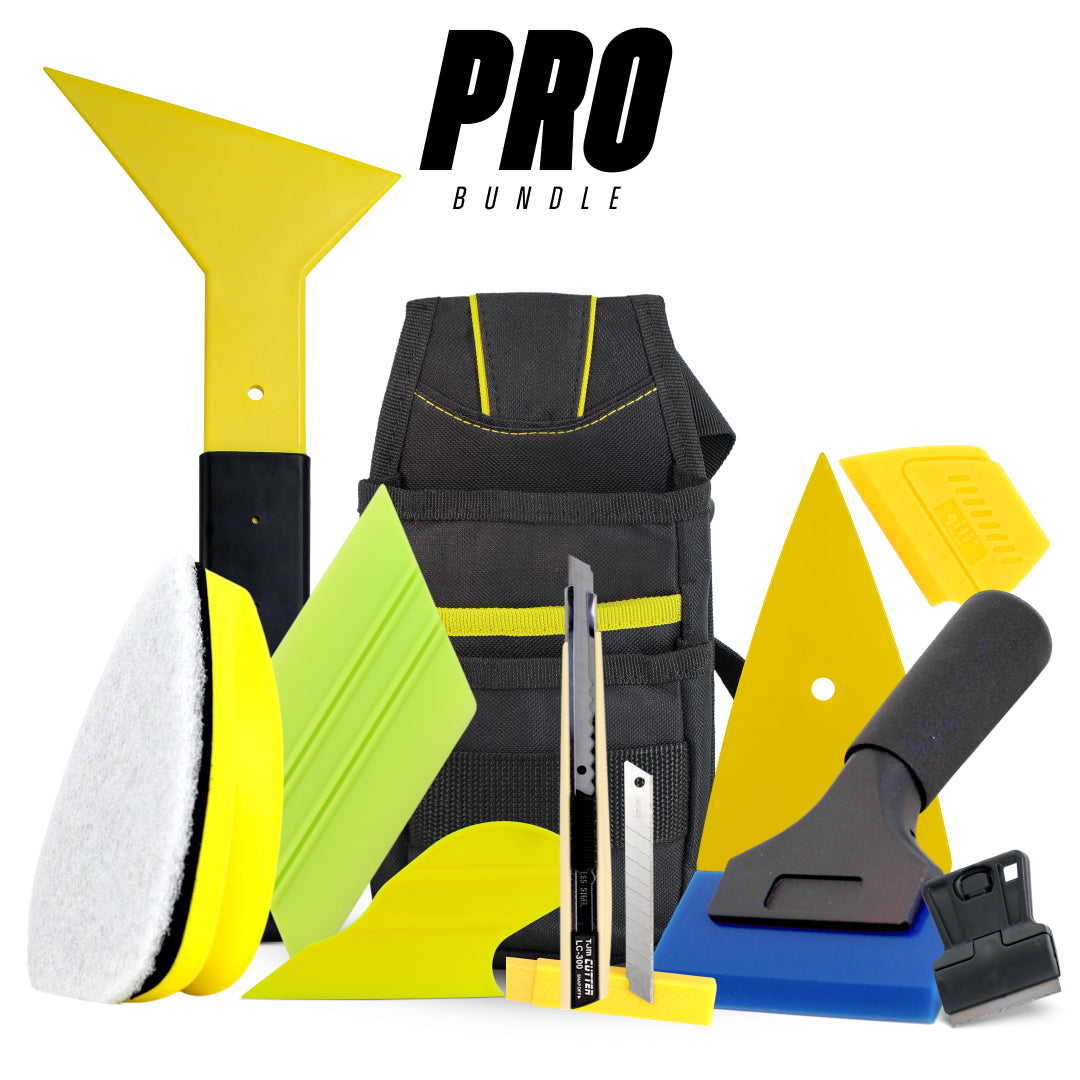
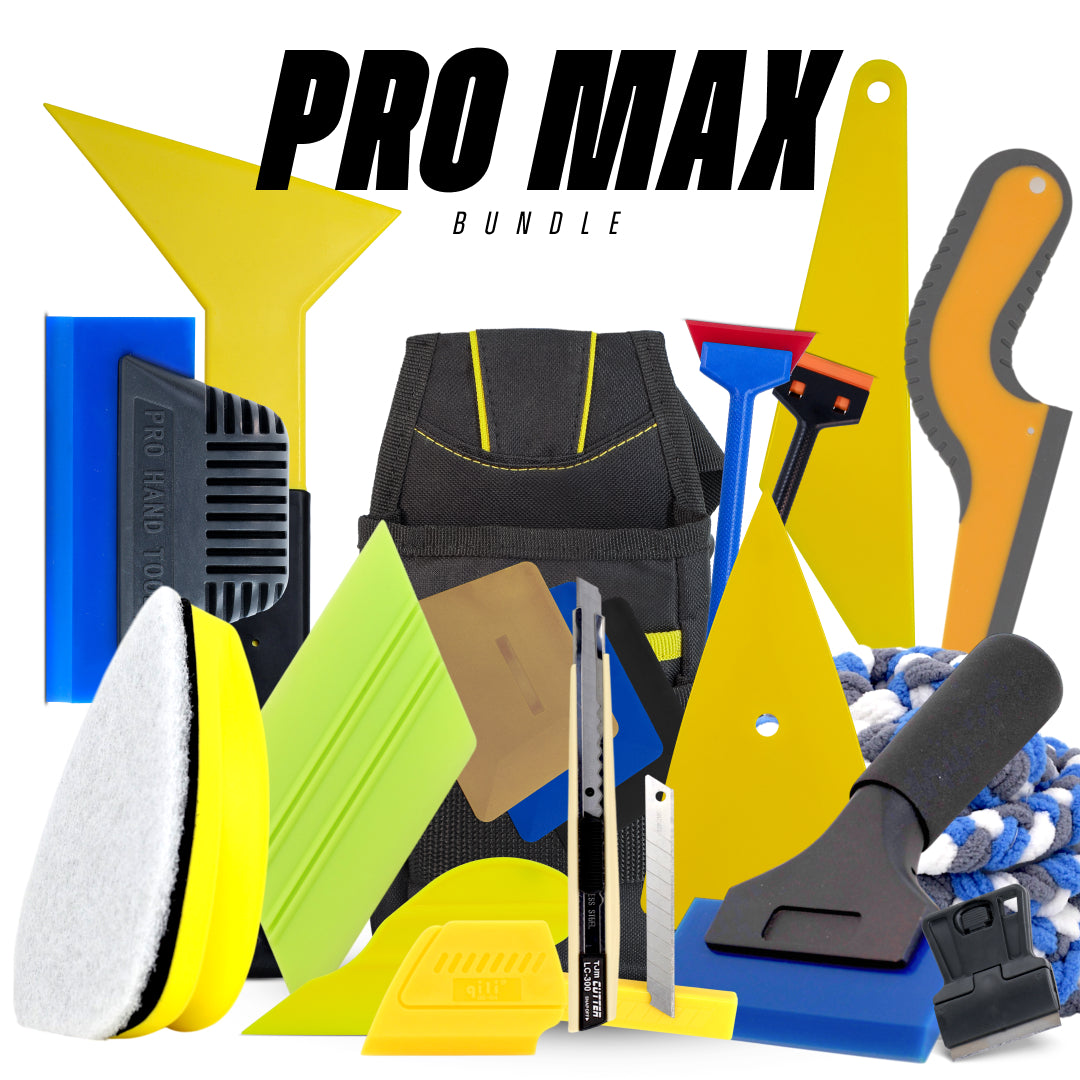

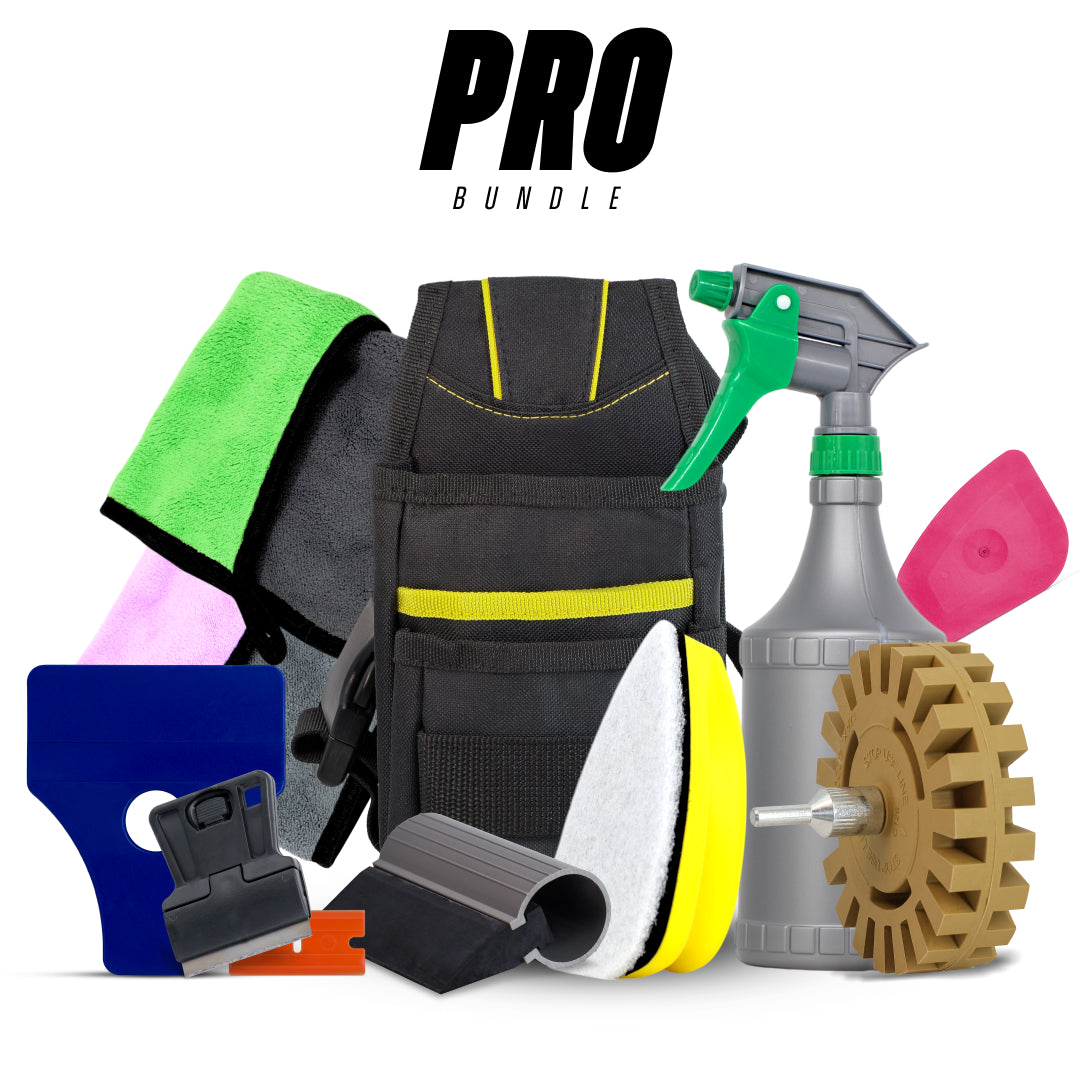
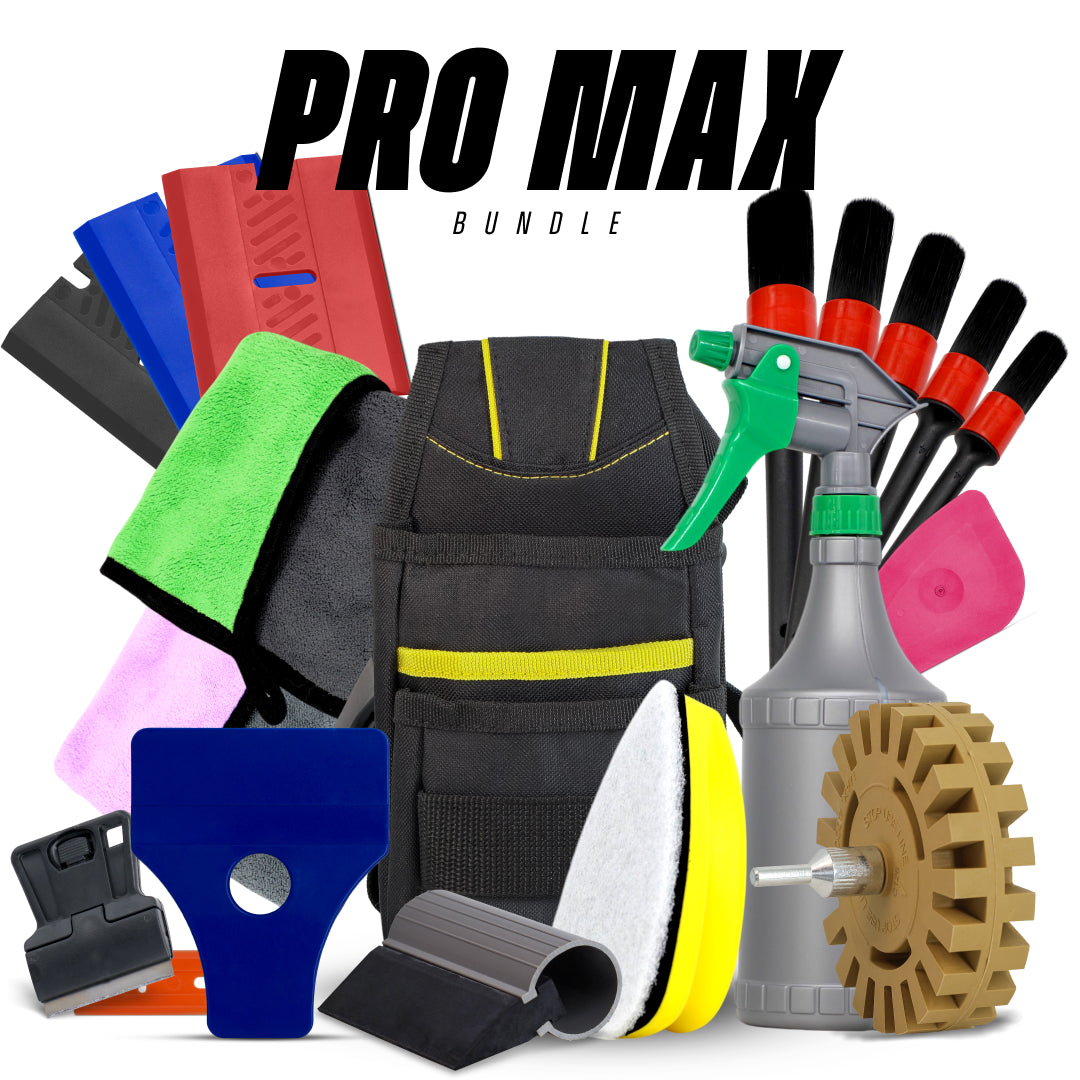

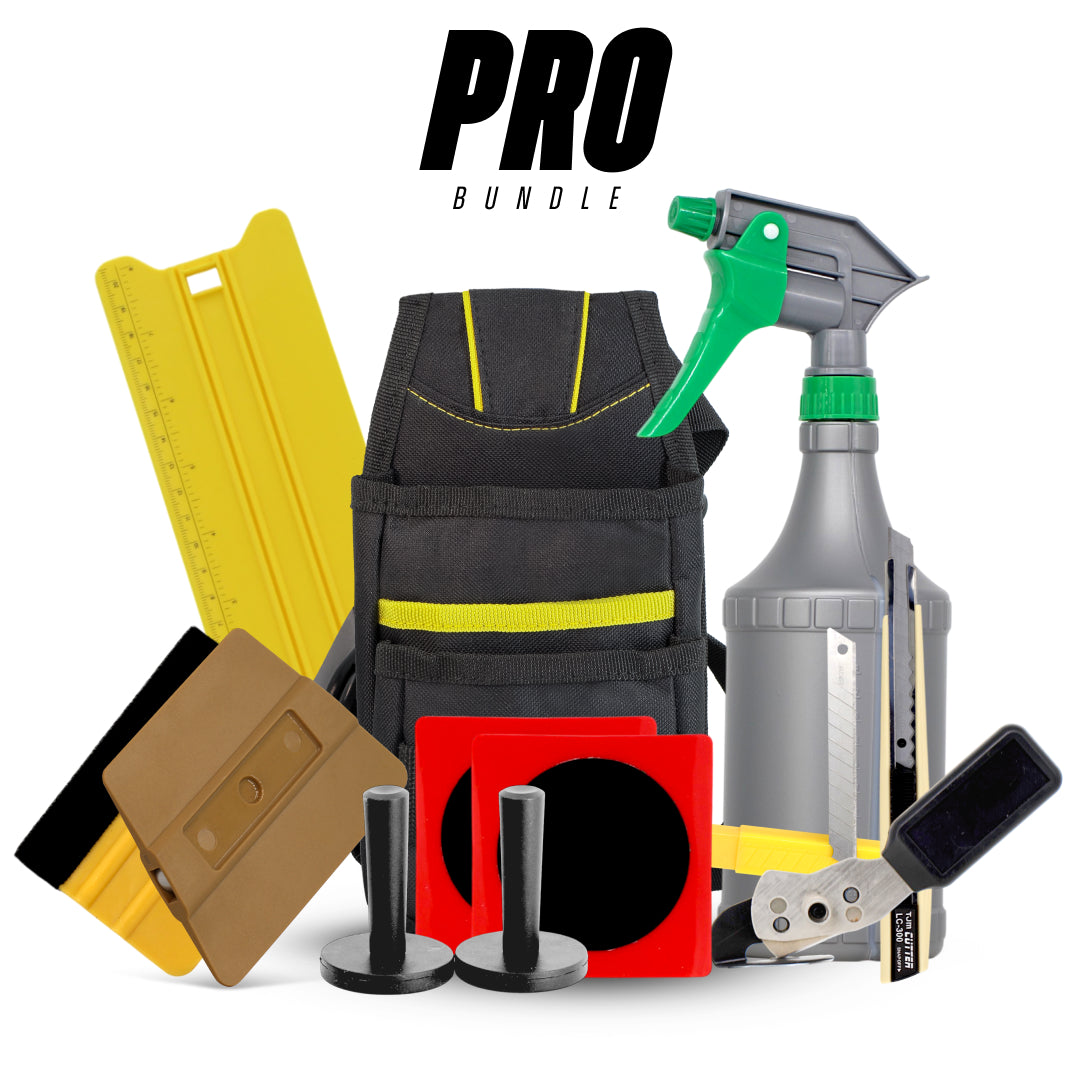
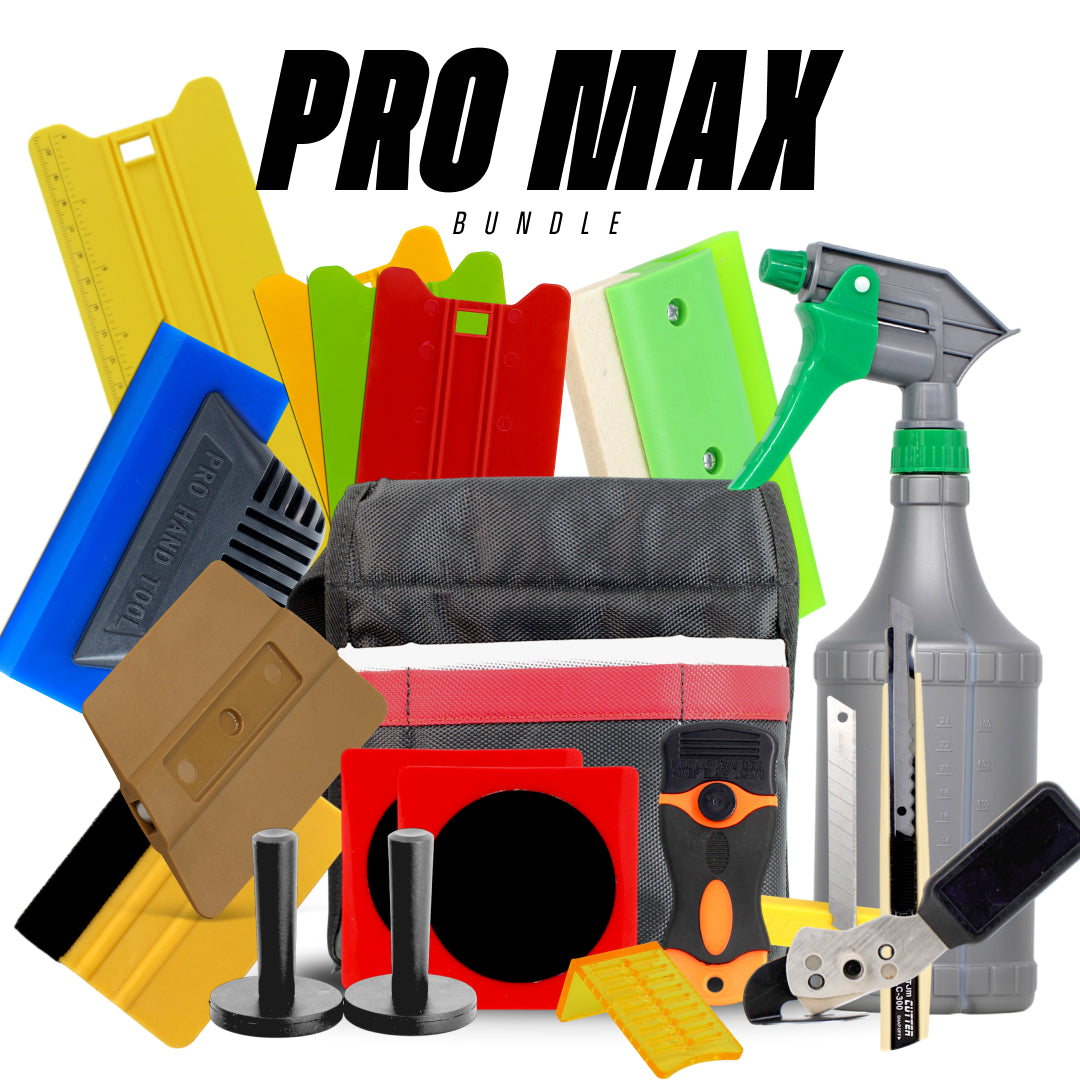
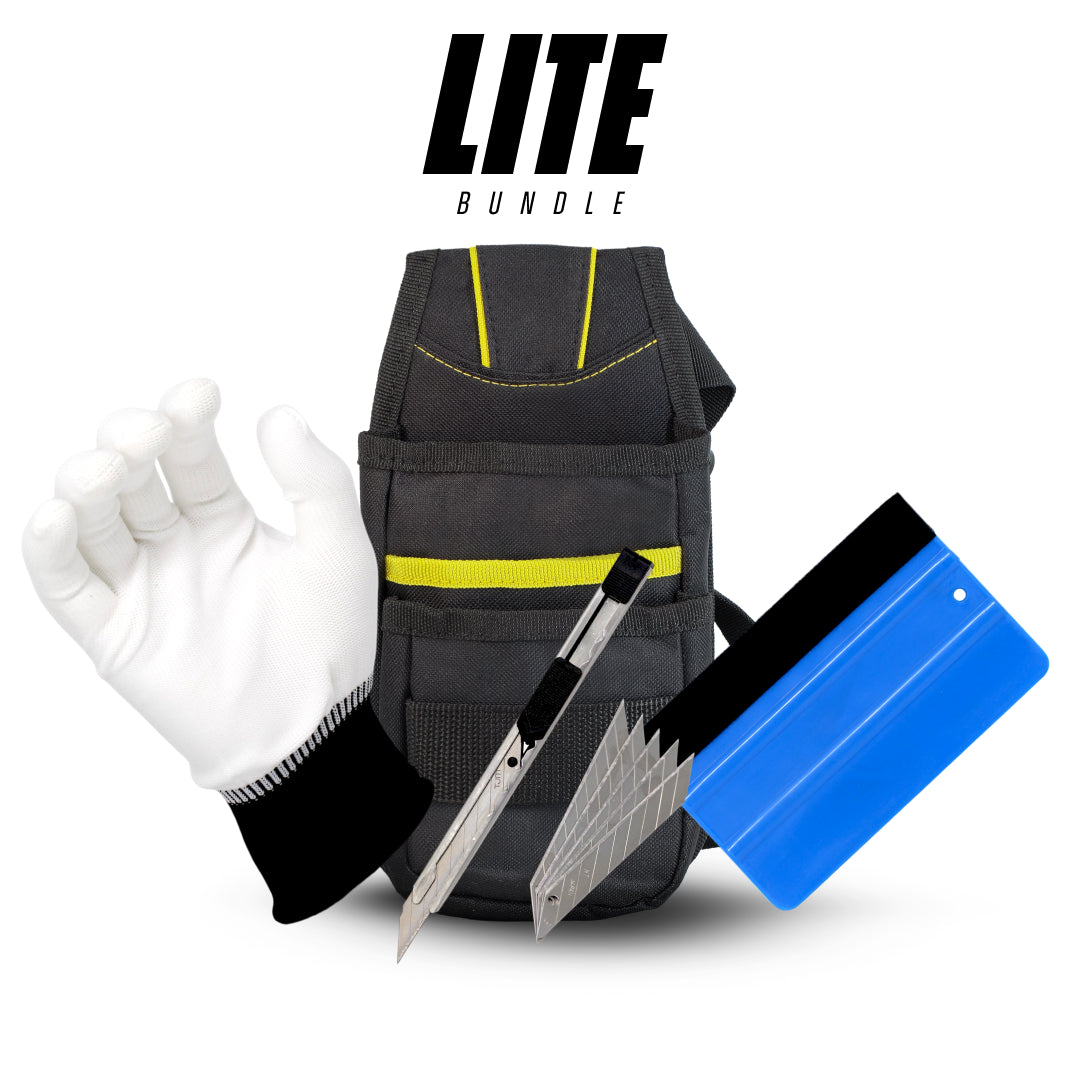

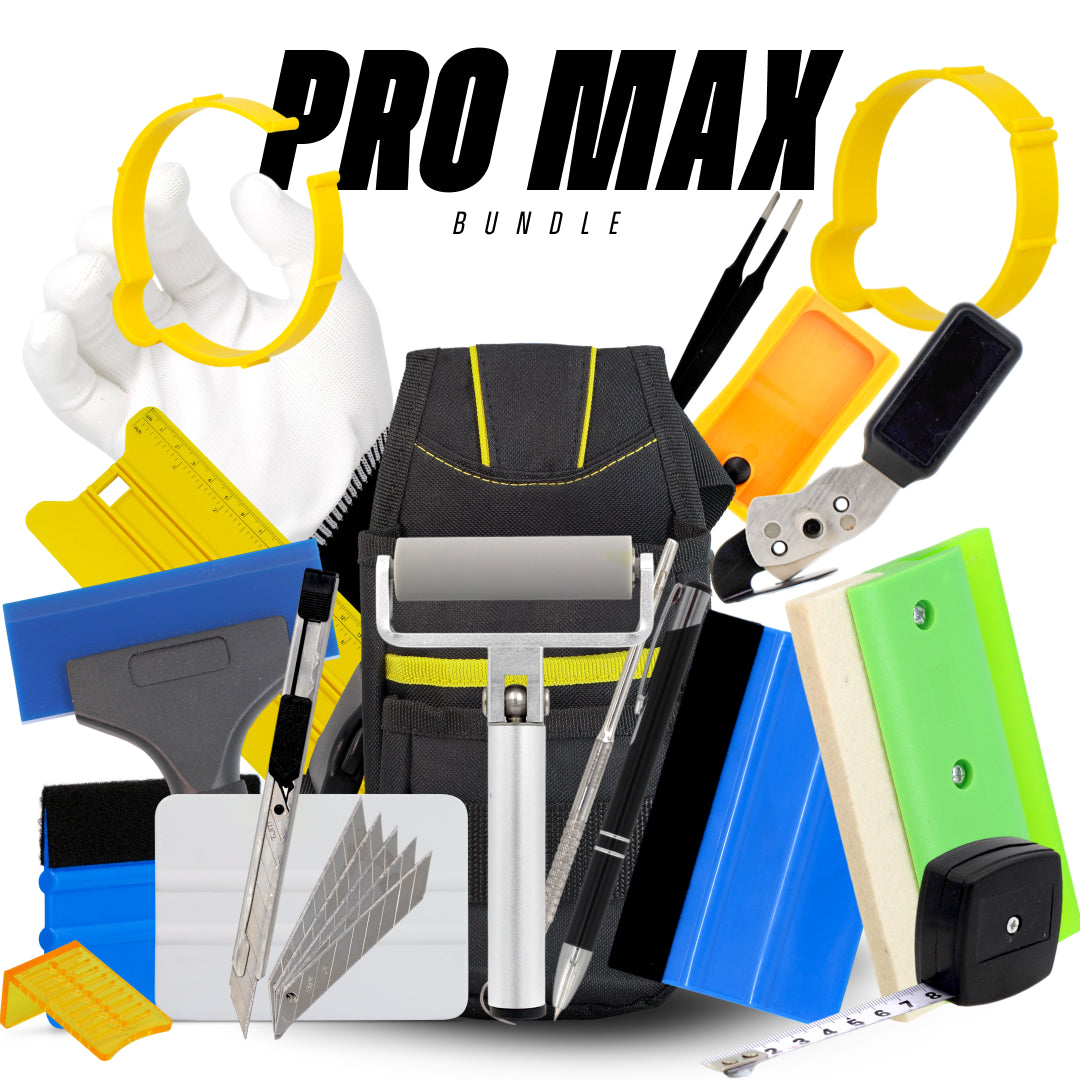



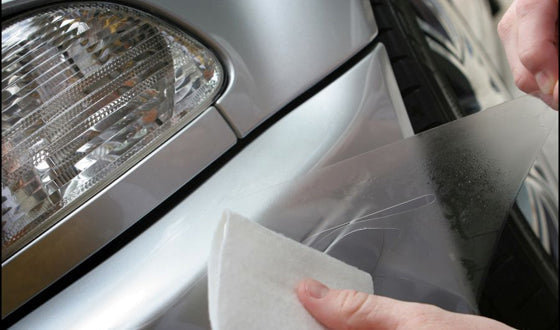

Leave a comment
This site is protected by hCaptcha and the hCaptcha Privacy Policy and Terms of Service apply.